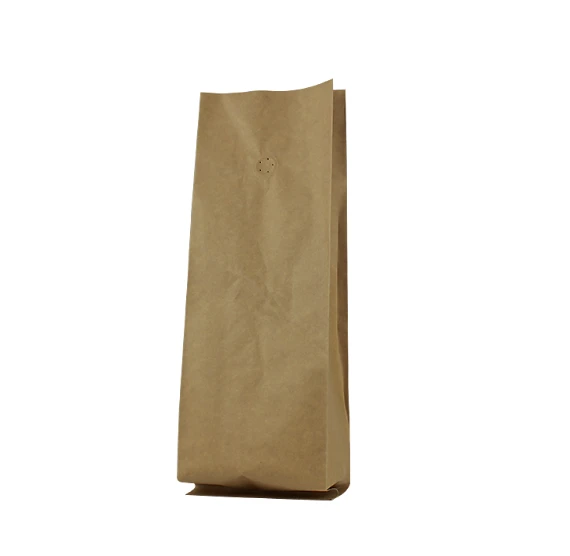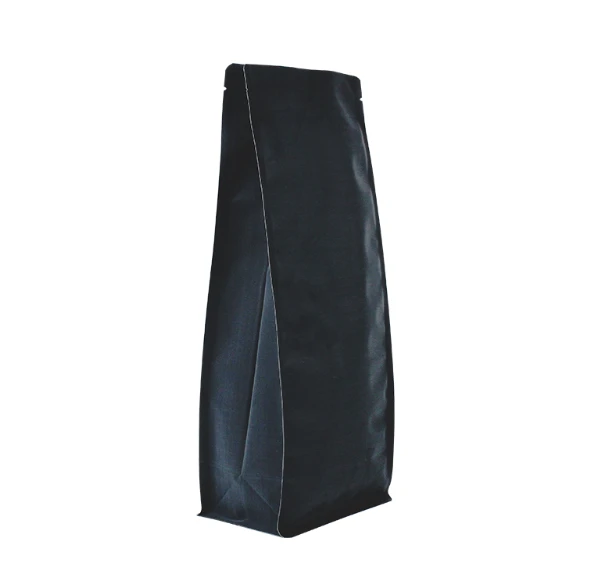- Afrikaans
- Albanian
- Amharic
- Arabic
- Armenian
- Azerbaijani
- Basque
- Belarusian
- Bengali
- Bosnian
- Bulgarian
- Catalan
- Cebuano
- chinese_simplified
- chinese_traditional
- Corsican
- Croatian
- Czech
- Danish
- Dutch
- English
- Esperanto
- Estonian
- Finnish
- French
- Frisian
- Galician
- Georgian
- German
- Greek
- Gujarati
- haitian_creole
- hausa
- hawaiian
- Hebrew
- Hindi
- Miao
- Hungarian
- Icelandic
- igbo
- Indonesian
- irish
- Italian
- Japanese
- Javanese
- Kannada
- kazakh
- Khmer
- Rwandese
- Korean
- Kurdish
- Kyrgyz
- Lao
- Latin
- Latvian
- Lithuanian
- Luxembourgish
- Macedonian
- Malgashi
- Malay
- Malayalam
- Maltese
- Maori
- Marathi
- Mongolian
- Myanmar
- Nepali
- Norwegian
- Norwegian
- Occitan
- Pashto
- Persian
- Polish
- Portuguese
- Punjabi
- Romanian
- Russian
- Samoan
- scottish-gaelic
- Serbian
- Sesotho
- Shona
- Sindhi
- Sinhala
- Slovak
- Slovenian
- Somali
- Spanish
- Sundanese
- Swahili
- Swedish
- Tagalog
- Tajik
- Tamil
- Tatar
- Telugu
- Thai
- Turkish
- Turkmen
- Ukrainian
- Urdu
- Uighur
- Uzbek
- Vietnamese
- Welsh
- Bantu
- Yiddish
- Yoruba
- Zulu
Understanding the Conversion from GSM to Mil in Various Applications
Understanding the Conversion from GSM to Mil A Comprehensive Guide
In the world of textiles and materials, understanding the measurement systems used to quantify thickness and weight can be a bit overwhelming. Two commonly used units in this arena are GSM (Grams per Square Meter) and mils. While GSM is predominantly used in fabric and paper industries to denote the weight of material, mil is often associated with thickness, particularly in plastic sheeting and other types of films. This article aims to demystify the conversion from GSM to mil, providing insights into their applications, significance, and the conversion process.
What is GSM?
GSM stands for Grams per Square Meter, and it measures the weight of a material in grams for every square meter of its area. This metric is critical for assessing the quality and durability of fabrics, papers, and other types of materials. A higher GSM indicates a denser fabric that typically is more durable and has better quality. For instance, a fabric with a GSM of 200 is generally thicker and more durable than one with a GSM of 100.
GSM is particularly important in the textile industry, where it influences the feel, drape, and overall quality of the fabric. For instance, t-shirts usually range from 120 to 160 GSM, while heavier garments like sweatshirts can range from 250 to 300 GSM.
What is a Mil?
A mil is a unit of measurement that represents one-thousandth of an inch, or 0.001 inches. It is primarily used to designate the thickness of plastic films and coatings, among other materials. The mil measurement is key in industries where precise thickness is essential for the functionality of the product, such as in the production of plastic bags, protective sheets, and engineering films.
Understanding mils is important when choosing materials for specific applications. For example, food storage bags typically range from 1 to 2 mils in thickness, while heavy-duty construction films can be 6 mils or thicker, providing added strength and tear resistance.
Converting GSM to Mil
Converting GSM to mil can be useful, especially when dealing with materials like paper or plastic in industries that require specific thickness measurements. However, the conversion between GSM and mil is not straightforward, as it depends on the material's density. Different materials will have different density values, which impacts the conversion process.
The general formula for converting GSM to mil is as follows
gsm to mil

\[ \text{Mil} = \frac{\text{GSM}}{\text{Density} \times 25.4} \]
Where - Density is expressed in grams per cubic centimeter (g/cm³). - The factor of 25.4 is used to convert the measurements from millimeters to inches.
For example, if you have a material with a GSM of 150 and a density of 0.9 g/cm³, the conversion process would be
\[ \text{Mil} = \frac{150}{0.9 \times 25.4} \approx 6.3 \]
This means the material would be approximately 6.3 mils thick.
Applications of GSM and Mil Measurements
The applications of GSM and mil are diverse and widespread. In the printing industry, knowing the GSM of paper can help determine its suitability for different types of printing processes and finished products. For fabric manufacturers, understanding GSM is essential for marketing fabrics based on quality and intended use, ensuring that customers select the appropriate material for their needs.
On the other hand, in the construction and packaging industries, mil measurements dictate the strength and durability of materials used. It helps consumers choose the right plastic sheeting for a particular project, ensuring that they have the right level of thickness to prevent tears or punctures.
Conclusion
In conclusion, understanding the conversion between GSM and mil is vital for professionals across various industries, from textiles to packaging. By grasping the nuances of these measurements, one can make informed decisions about material selection, ensuring the right balance between quality, functionality, and durability. As awareness of these measurement systems grows, so does the ability to leverage them for better product development and usage. Whether you're a fabric enthusiast, a printer, or a construction manager, mastering GSM and mil conversions will enhance your understanding of materials and their properties.













